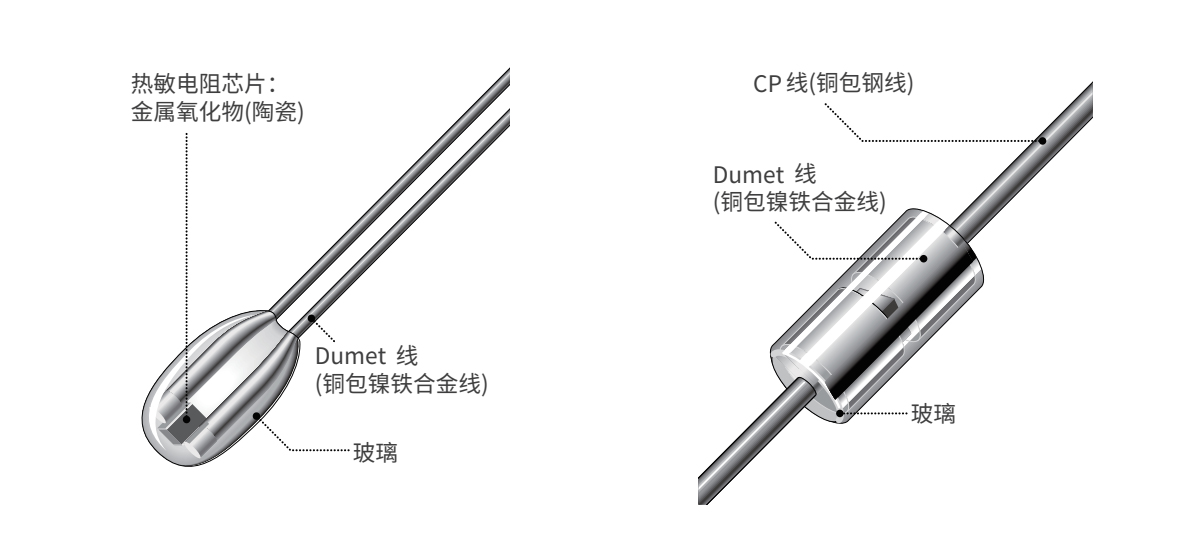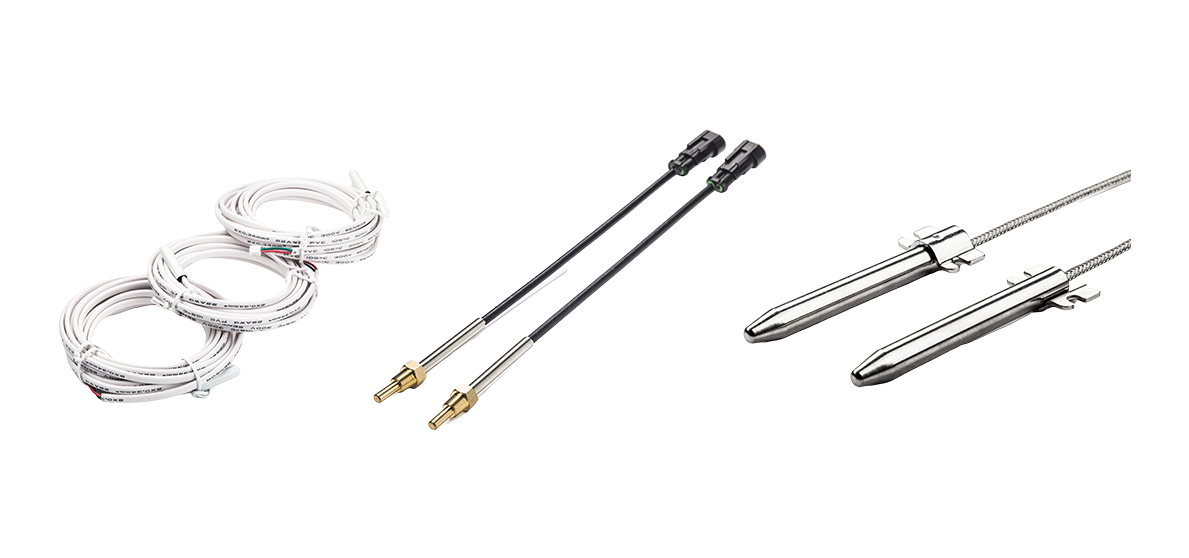Es gibt viele Fragen zur Auswahl eines Temperatursensorfühlers. The choice of material and shape of temperature sensor actually depends on the environment in which your sensor will operate. Here is an overview of the three most commonly used temperature sensor probe materials and their advantages in different environments.
A temperature sensor probe is a circuit consisting of a temperature sensor sensing element (NTC, pt100, pt1000, DS18B20, K-couple, usw.) encapsulated in a housing, which extends to the receiver circuit through wires. The probe housing protects the temperature sensor sensing element from external factors such as moisture, corrosive materials, vibration, and mechanical wear.
To select a probe, first consider your end device and the environment in which it will operate. You can then choose the temperature sensor probe housing from one of a variety of materials:
Plastik: Plastic probes are mainly used where cost is an important factor. Plastic housings obviously cannot handle high temperature ranges, which makes this type of probe beneficial for cold sensing applications, such as refrigerators or cooling stations.
Kupfer: The advantage of using a copper probe is its highly thermally conductive metal housing, which produces a fast thermal response for applications with rapid temperature changes (such as radiator tubes). The downside to using a copper probe is its cost and susceptibility to corrosion from moisture and oxidation (producing a green substance) when exposed to air for long periods of time.
Edelstahl: Stainless steel probes have the same thermal conductivity but without the corrosion or contamination issues. This type of probe is often used in food preparation or medical applications where contamination of the probe material can be an issue.
From left to right, Plastik, Kupfer, und Sensorsonden aus Edelstahl
Regardless of the probe material, each probe has a temperature sensor sensing element inside. This sensor has linear temperature accuracy over a wide temperature range suitable for a variety of applications. The sensor package should be small and thin enough to increase the thermal response speed of the temperature sensor.
Zusammenfassend, the choice of probe material depends on where and what the probe is sensing. Many temperature sensors are accurate over a wide temperature range and can be used effectively with a variety of probe materials, depending on your end application.
 English
English العربية
العربية Български
Български 粤语
粤语 中文(简体)
中文(简体) 中文(漢字)
中文(漢字) Nederlands
Nederlands Suomi
Suomi Français
Français Deutsch
Deutsch Ελληνικά
Ελληνικά Magyar
Magyar Italiano
Italiano 日本語
日本語 한국어
한국어 Polski
Polski Português
Português Română
Română Русский
Русский Slovenščina
Slovenščina Español
Español Svenska
Svenska ภาษาไทย
ภาษาไทย Türkçe
Türkçe Tiếng Việt
Tiếng Việt


